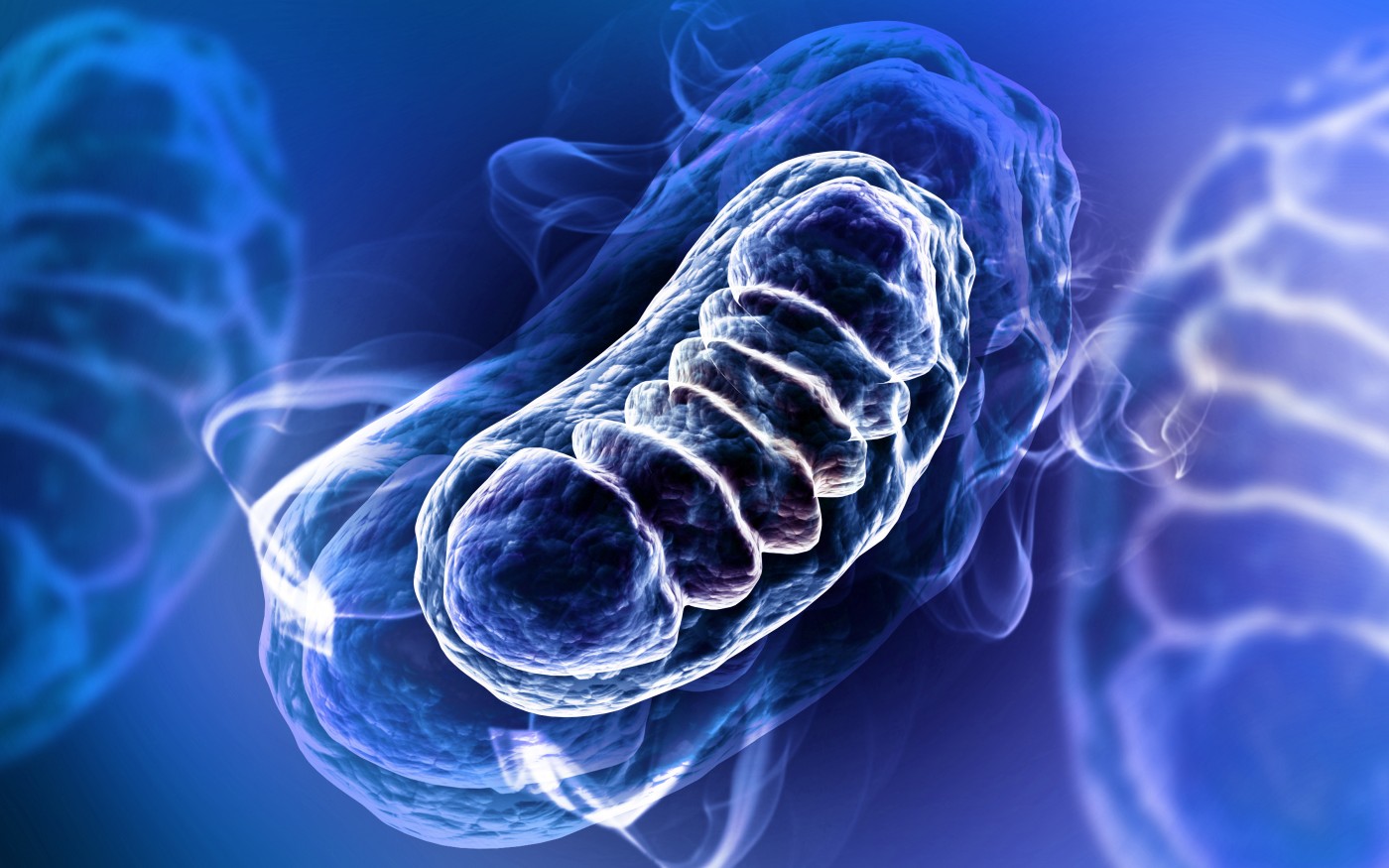NIH Testing Way to Boost Mitochondrial Health

ChromaDex Corp., a company dedicated to technologies in wellness, health, dietary/nutrition supplements, skin care and pharmaceuticals, recently announced a Materials Cooperative Research and Development Agreement (MCRADA) over the company’s product NIAGEN with the National Institute on Aging (NIA), part of the National Institutes of Health (NIH).
NIAGEN is a form of nicotinamide riboside (NR), a compound able to effectively boost NAD+, an essential metabolite that plays a key role in cellular metabolism within mitochondria, the “powerhouses of cells” where the energy for the body is produced. NAD+ is considered the most important cellular co-factor to stimulate the improvement of mitochondrial performance and energy production. A reduction in NAD+ levels leads to a decrease in mitochondrial health, and subsequently to health problems.
According to the agreement, NIA will further evaluate the effects of NIAGEN, or NR supplementation, on healthy mice and mice deficient in DNA repair mechanisms. Specifically, it will use mouse models of ataxia telangiectasia, a rare, genetic neurodegenerative disease characterized by severe disability, poor coordination and dilated blood vessels, and of Cockayne syndrome, a rare condition characterized by growth failure, impaired nervous system development, and premature aging. Furthermore, NIA will also assess NIAGEN effects on a C. elegans animal model of Cockayne syndrome (csb-deficient), specifically looking at the rescue of the dysfunctional mitochondrial phenotype implicated in the pathogenesis of this disease.
NIA will conduct toxicity studies with NR in Cockayne syndrome animal models, and evaluate the drug’s efficacy both in short- and long-term NR treatments. ChromaDex, in turn, will provide the required quantities of NIAGEN to conduct the experiments and contribute $150,000 toward the research.
Previous results in mouse models support the hypothesis that NR supplementation may offer beneficial effects, as it was shown to be effective in restoring NAD+ levels in mitochondria and to rescue Cockayne syndrome phenotype. “As expected, old Csb mice had decreased NAD+ and ATP levels before treatment. Remarkably, a single week of treatment with NR completely normalized these levels,” the NIH researchers noted in a press release.
In addition, NR has also been found to have beneficial therapeutic effects on xeroderma pigmentosum, a disease also caused by mutations in genes linked to DNA repair mechanisms.
“We are excited to continue and expand our R&D collaboration with the NIH for our NIAGEN® NR. Based on the very encouraging results of the first NIH study of NR in Cockayne syndrome (CS) mouse models, we are pleased to expand the study with the NIH to both further study NR for CS as well as other possible therapeutic indications for NR, including the neurodegenerative disease, Ataxia Telangiectasia,” said Frank Jaksch, CEO and founder of ChromaDex.
The research team believes that NR can represent a potential therapy for Cockayne syndrome and other neurodegenerative conditions linked to mitochondrial dysfunction.






